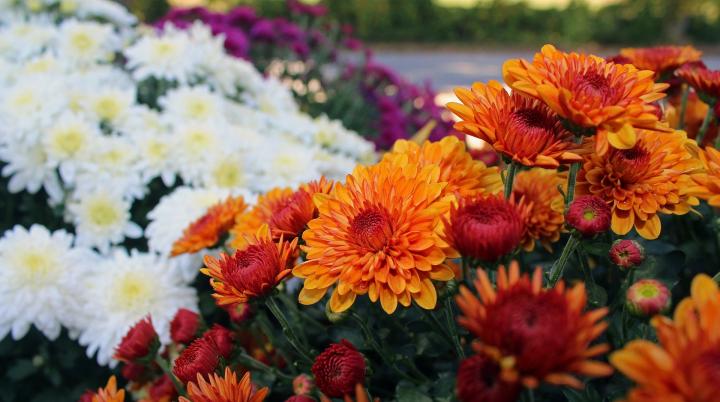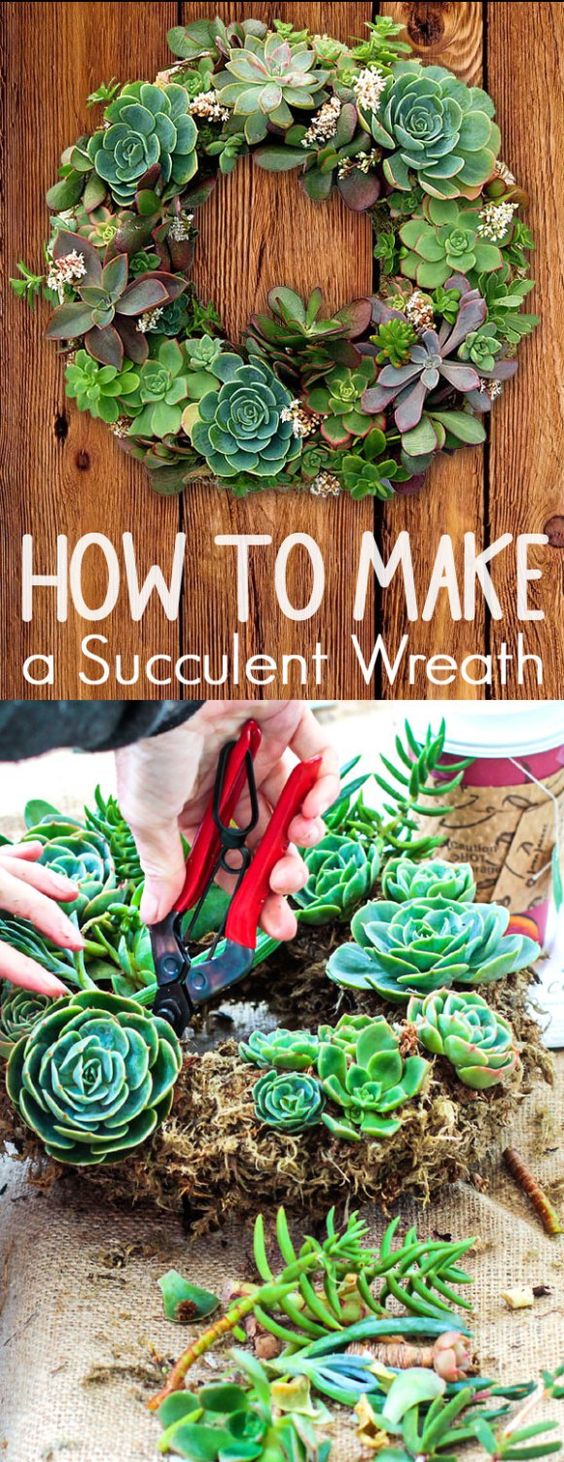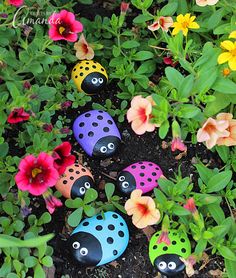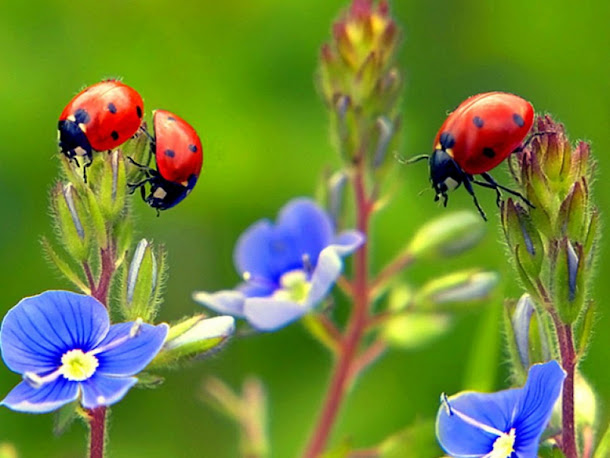Cucumbers
Planting, Growing, and Harvesting Cucumbers
Cucumbers
are a warm-season vegetable planted as seeds outside once the soil is
warmed. As plants are frost-tender, it’s very important that you wait
until there’s no chance of frost (at least 2 weeks after your last spring frost date).
An easy-care vegetable that loves sun and water, cucumbers grow
quickly as long as they receive consistent watering. Most varieties will
grow in any amount of space, thanks to the cucumber plant’s ability
to climb.
There are two types of cucumber plants: vining cucumbers and bush cucumbers. The
most common varieties grow on vigorous vines shaded by large leaves.
The growth of these plants is fast, and the crop yield is abundant if
you care for them properly. Vining varieties grow up a trellis or fence. They will be cleaner—versus those that grow atop soil—often more prolific, and easier to pick.
Bush cucumbers are, however, nicely suited to containers and small gardens.
Make successive plantings (every two weeks for continued harvests). In
already-warm summer soil, cucumbers will grow quickly and ripen in about
six weeks!
Of course, cucumbers are usually first on the list with pickling potential! (Learn more about pickling.)
We recommend several prolific varieties below bred especially for
pickling, such as heirloom ‘Boston Pickling’. For crispy pickles, be
sure to prepare them within a few hours of harvesting!
Planting
- Cucumber plants are seeded or transplanted outside in the ground no earlier than 2 weeks after last frost date.
Cucumbers are extremely susceptible to frost damage; the soil must be
at least 70ºF for germination. Do not plant outside too soon!
- Before you plant outside, select a site with full sun.
- Soil should be neutral or slightly alkaline with a pH of 7.0.
- Cucumbers require fertile soil. Mix in compost and/or aged manure
before planting to a depth of 2 inches and work into the soil 6 to 8
inches deep. Make sure that soil is moist and well-drained, not soggy.
- Improve clay soil by adding organic matter. Improve dense, heavy
soil by adding peat, compost or rotted manure. (Get a soil test if you
are unsure of your soil type; contact your local county cooperative extension.) Light, sandy soils are preferred for northern gardens, as they warm quickly in the spring. See our guide to soil amendments.
- Plant seedlings one inch deep and about 36 to 60 inches apart,
depending on variety. For vines trained on a trellis, space plants 1
foot apart.
- For an early crop, start cucumber seeds indoors about 3 weeks before
you transplant them in the ground. They like bottom heat of about 70ºF
(21ºC). If you don’t have a heat mat, put the seeds flat on top of the
refrigerator or perch a few on top of the water heater.
- If you live in the cooler climates, you can help warm the soil by covering the hill or row with black plastic.
- Once the ground is warm, mulch with pine straw, chopped leaves, or
another organic mulch to keep pests at bay, and also keep bush types off
the ground to avoid disease.
- A trellis is a good idea if you want the vine to climb, or if you
have limited space. Trellising also protects the fruit from damage from
lying on the moist ground. See how to build a trellis and support for vining vegetables.
Care
- The
main plant care requirement for cucumbers is water—consistent watering!
They need one inch of water per week (more if temperatures are sky
high). Put your finger in the soil and when it is dry past the first
joint of your finger, it is time to water. Inconsistent watering leads
to bitter-tasting fruit.
- Water slowly in the morning or early afternoon, avoiding the leaves
so that you don’t get leaf diseases which will ruin the plant. If
possible, water your cucumbers with a soaker hose or drip irrigation to
keep the foliage dry.
- Mulch to hold in soil moisture.
- Cover seeds with netting or a berry basket if you have pests; this will keep them from digging out the seeds.
- When seedlings emerge, begin to water frequently, and increase to a gallon per week after fruit forms.
- When seedlings reach 4 inches tall, thin plants so that they are 1½ feet apart.
- If you’ve worked organic matter into the soil before planting, you
may only need to side-dress your plants with compost or
well-rotted manure.
- If you wish, use a liquid fertilizer from your garden store such as
vegetable plant food which is low nitrogen/high potassium and phosphorus
formula. Apply at planting, 1 week after bloom, and every 3 weeks,
directly to the soil around the plants. Or, you can work a granular
fertilizer into the soil. Do not over-fertilize or the fruits will
get stunted.
- If you have limited space or would prefer vertical vines, set up trellises early to avoid damage to seedlings and vines.
- Spray vines with sugar water to attract bees and set more fruit.http://www.almanac.com/plant/cucumbers?trk_msg=RRS7HF14CEK495HFKQF487KNI0&trk_contact=EEBLFVJ2I0VAQT9EM5JFVJAK9O&trk_sid=LGS3583EUI9A5BDRN1NA6RH3C0&utm_source=Listrak&utm_medium=Email&utm_term=Cucumbers+(title)&utm_campaign=Companion+Daily
Planting, Growing, and Harvesting Cucumbers
Cucumbers
are a warm-season vegetable planted as seeds outside once the soil is
warmed. As plants are frost-tender, it’s very important that you wait
until there’s no chance of frost (at least 2 weeks after your last spring frost date).
An easy-care vegetable that loves sun and water, cucumbers grow quickly as long as they receive consistent watering. Most varieties will grow in any amount of space, thanks to the cucumber plant’s ability to climb.
There are two types of cucumber plants: vining cucumbers and bush cucumbers. The most common varieties grow on vigorous vines shaded by large leaves. The growth of these plants is fast, and the crop yield is abundant if you care for them properly. Vining varieties grow up a trellis or fence. They will be cleaner—versus those that grow atop soil—often more prolific, and easier to pick.
Bush cucumbers are, however, nicely suited to containers and small gardens. Make successive plantings (every two weeks for continued harvests). In already-warm summer soil, cucumbers will grow quickly and ripen in about six weeks!
Of course, cucumbers are usually first on the list with pickling potential! (Learn more about pickling.) We recommend several prolific varieties below bred especially for pickling, such as heirloom ‘Boston Pickling’. For crispy pickles, be sure to prepare them within a few hours of harvesting!
An easy-care vegetable that loves sun and water, cucumbers grow quickly as long as they receive consistent watering. Most varieties will grow in any amount of space, thanks to the cucumber plant’s ability to climb.
There are two types of cucumber plants: vining cucumbers and bush cucumbers. The most common varieties grow on vigorous vines shaded by large leaves. The growth of these plants is fast, and the crop yield is abundant if you care for them properly. Vining varieties grow up a trellis or fence. They will be cleaner—versus those that grow atop soil—often more prolific, and easier to pick.
Bush cucumbers are, however, nicely suited to containers and small gardens. Make successive plantings (every two weeks for continued harvests). In already-warm summer soil, cucumbers will grow quickly and ripen in about six weeks!
Of course, cucumbers are usually first on the list with pickling potential! (Learn more about pickling.) We recommend several prolific varieties below bred especially for pickling, such as heirloom ‘Boston Pickling’. For crispy pickles, be sure to prepare them within a few hours of harvesting!
Planting
- Cucumber plants are seeded or transplanted outside in the ground no earlier than 2 weeks after last frost date. Cucumbers are extremely susceptible to frost damage; the soil must be at least 70ºF for germination. Do not plant outside too soon!
- Before you plant outside, select a site with full sun.
- Soil should be neutral or slightly alkaline with a pH of 7.0.
- Cucumbers require fertile soil. Mix in compost and/or aged manure before planting to a depth of 2 inches and work into the soil 6 to 8 inches deep. Make sure that soil is moist and well-drained, not soggy.
- Improve clay soil by adding organic matter. Improve dense, heavy soil by adding peat, compost or rotted manure. (Get a soil test if you are unsure of your soil type; contact your local county cooperative extension.) Light, sandy soils are preferred for northern gardens, as they warm quickly in the spring. See our guide to soil amendments.
- Plant seedlings one inch deep and about 36 to 60 inches apart, depending on variety. For vines trained on a trellis, space plants 1 foot apart.
- For an early crop, start cucumber seeds indoors about 3 weeks before you transplant them in the ground. They like bottom heat of about 70ºF (21ºC). If you don’t have a heat mat, put the seeds flat on top of the refrigerator or perch a few on top of the water heater.
- If you live in the cooler climates, you can help warm the soil by covering the hill or row with black plastic.
- Once the ground is warm, mulch with pine straw, chopped leaves, or another organic mulch to keep pests at bay, and also keep bush types off the ground to avoid disease.
- A trellis is a good idea if you want the vine to climb, or if you have limited space. Trellising also protects the fruit from damage from lying on the moist ground. See how to build a trellis and support for vining vegetables.
Care
- The main plant care requirement for cucumbers is water—consistent watering! They need one inch of water per week (more if temperatures are sky high). Put your finger in the soil and when it is dry past the first joint of your finger, it is time to water. Inconsistent watering leads to bitter-tasting fruit.
- Water slowly in the morning or early afternoon, avoiding the leaves so that you don’t get leaf diseases which will ruin the plant. If possible, water your cucumbers with a soaker hose or drip irrigation to keep the foliage dry.
- Mulch to hold in soil moisture.
- Cover seeds with netting or a berry basket if you have pests; this will keep them from digging out the seeds.
- When seedlings emerge, begin to water frequently, and increase to a gallon per week after fruit forms.
- When seedlings reach 4 inches tall, thin plants so that they are 1½ feet apart.
- If you’ve worked organic matter into the soil before planting, you may only need to side-dress your plants with compost or well-rotted manure.
- If you wish, use a liquid fertilizer from your garden store such as vegetable plant food which is low nitrogen/high potassium and phosphorus formula. Apply at planting, 1 week after bloom, and every 3 weeks, directly to the soil around the plants. Or, you can work a granular fertilizer into the soil. Do not over-fertilize or the fruits will get stunted.
- If you have limited space or would prefer vertical vines, set up trellises early to avoid damage to seedlings and vines.
- Spray vines with sugar water to attract bees and set more fruit.http://www.almanac.com/plant/cucumbers?trk_msg=RRS7HF14CEK495HFKQF487KNI0&trk_contact=EEBLFVJ2I0VAQT9EM5JFVJAK9O&trk_sid=LGS3583EUI9A5BDRN1NA6RH3C0&utm_source=Listrak&utm_medium=Email&utm_term=Cucumbers+(title)&utm_campaign=Companion+Daily














